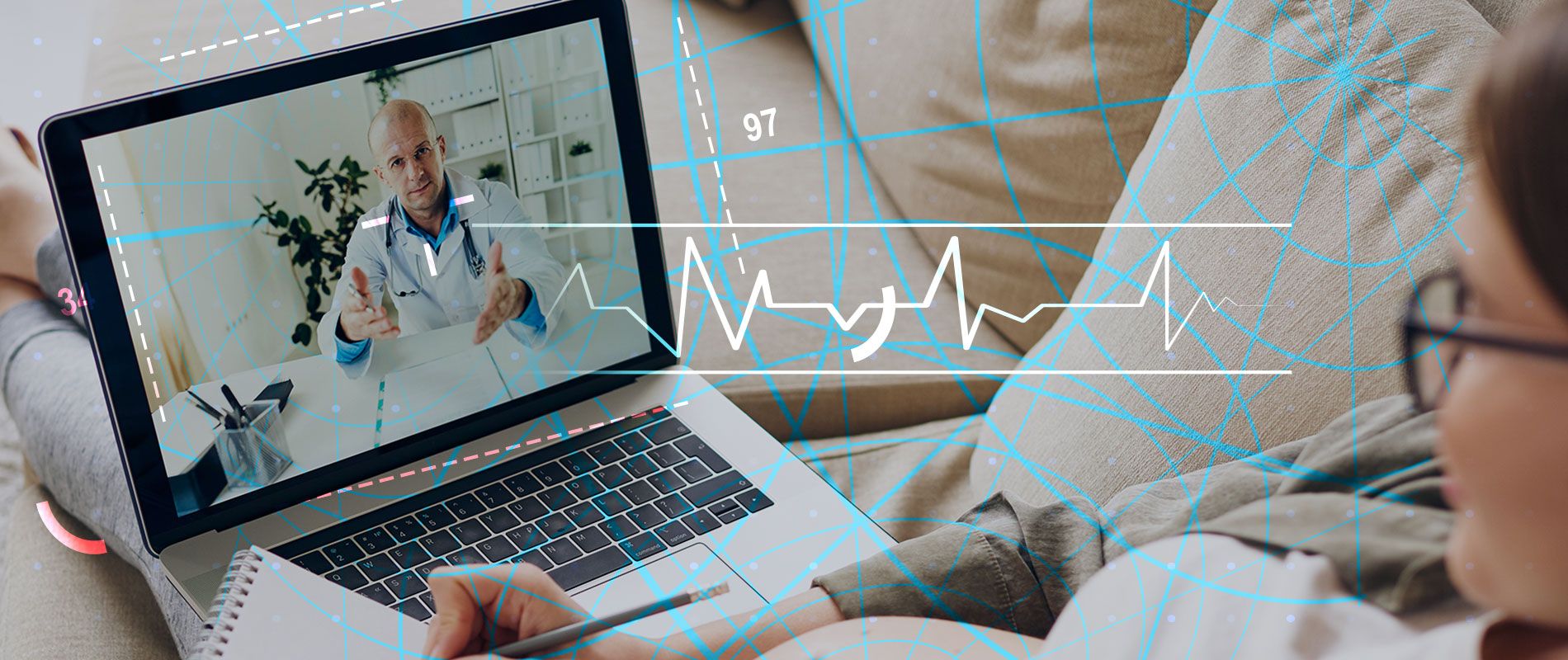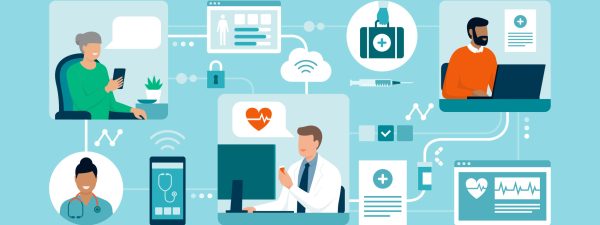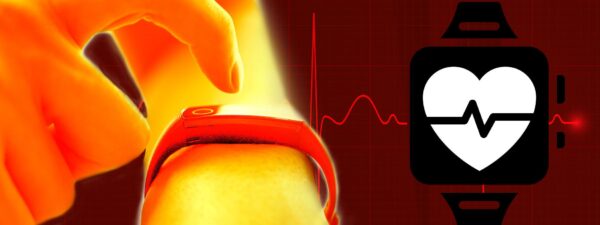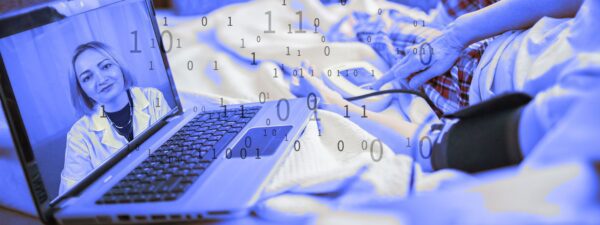Artificial intelligence (AI) and computer vision are becoming increasingly indispensable technologies within the healthcare sector. Indeed, with the help of these technologies, doctors can better diagnose patients, specialists can create new treatments, and more people can get access to medical services.
As a result, smart cameras are revolutionizing the healthcare industry. They have changed everything, from the way doctors diagnose diseases and injuries during surgery, to the way patients interact with physicians over the internet. In fact, this technology has significantly improved the quality of patients’ experience and the efficiency of doctors’ workflow. But how exactly are smart cameras being used in the healthcare industry?
- Diagnosing Diseases
Computer vision is a part of AI that enables computers to interpret and understand the visual world using digital images or videos from the real world. In healthcare, specifically, computer vision is helpful for analyzing medical imaging for automated detection of abnormalities as well as for monitoring and diagnosing diseases. To diagnose diseases, doctors use diagnostic imaging, a process that uses X-rays and other forms of radiation to create images of a patient’s body.
Up until now, this type of imaging has largely been a manual task, but the process of diagnosing diseases through smart cameras is rapidly changing all that.
To wit, Google recently announced that its DeepMind Technologies research lab would start working with the United Kingdom’s National Health Service (NHS). DeepMind will help predict when patients are likely to experience kidney failure, and hopes that program could also be used to identify other conditions such as heart attacks and strokes.
The project will see DeepMind’s AI algorithms analyze a decade’s worth of patient data from three London hospitals to predict when a patient might deteriorate and therefore might require more medical attention.
With these breakthroughs, it’s easy to envision a future in which doctors are able to use smart devices and machines to diagnose diseases by quickly analyzing internal and external symptoms.
- Monitoring Patient Activity
Thanks to smart cameras, there’s now a new way to improve the quality of care for patients. For example, cameras equipped with artificial intelligence software can detect behavioral changes that a person would be unable to notice. In addition, smart cameras allow physicians to monitor large numbers of patients, which can prove particularly helpful when it comes to newborns, the elderly, or those who have suffered severe injuries.
The use of smart cameras can also help with improving nursing home standards, providing virtual doctor visits, and helping patients who need constant monitoring. In addition, smart camera technology has made it easier for physicians to look after their nursing home patients from remote locations. This way, a smart camera system can quickly warn staff when a patient has wandered off. This is especially useful for patients with dementia or other memory-related conditions.
- Ensuring Patient Safety
Smart camera systems are typically used in hospitals to ensure the safety of patients. Cameras are placed in patient rooms and wirelessly connected to a control room where trained staff monitor the images. These systems have been used for about 20 years in hospitals and have helped reduce more than 50 percent of accidental falls among patients. Through machine learning, algorithms can predict when a patient is likely to fall, giving health care staff time to intervene before an injury occurs.
What’s more, these cameras are smart enough to differentiate between a patient and a nurse as well as other objects in the room. This allows safety systems to be responsive to a patient’s needs while being more efficient and less intrusive to staff.
- Improving Patient Security
Adding smart video technology to a building management system allows health care workers to monitor patients easily while meeting the highest patient privacy and confidentiality standards. Indeed, smart cameras provide a constant visual monitoring solution that keeps staff informed about patient conditions at all times. For example, If a patient tries to leave without authorization or assistance, health care staff will know immediately and can respond promptly with appropriate help.
In addition, intelligent videos can automatically locate people or cars of interest from various videos and send them a push message. For example, if a suspicious person were to enter a hospital, then a smart camera can automatically detect and follow that person. Once located, an alarm message is sent so that real-time monitoring personnel can intervene.
Smart Remedies
Clearly, the use cases for smart camera IoT technology within the healthcare industry are rapidly increasing. In fact, the range of applications will soon include monitoring equipment in operating rooms, as well as sensors attached to and worn by patients. New devices will also monitor patients in real-time and distance, making regular home visits unnecessary. Smart cameras will also soon be found in medicine cabinets and bathroom mirrors, observing us and reporting our habits to physicians.
The use of smart cameras in healthcare will be particularly valuable in areas where medical personnel are scarce. Indeed, these cameras can help make diagnoses and treatments available for patients who would otherwise have to travel long distances for in-person care. Sounds smart to us.
References




